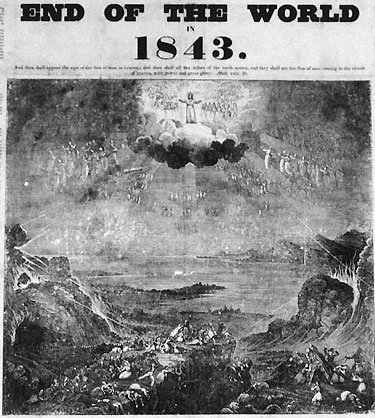Good News
Disasters, Notre Dame, Paris, The Right Stuff
Many of the most important treasures of the Cathedral of Notre Dame were saved.
The facade and the two front bell towers survived as did the three Rose Windows over the main portals dating back to the 13th Century.
Apparently, the Great Organ was also saved.
Both what is purported to be the original Crown of Thorns worn by Christ during the Crucifixion and the tunic worn by St. Louis when he delivered the Crown to Paris in 1238 were also saved.
Apparently, Father Jean-Marc Fournier, chaplain of the Paris Fire Brigade, entered the burning cathedral and personally saved both the Blessed Sacrament and the Crown of Thorns, passing them out of danger via a human chain.
And much of what has been lost was not as old as one might have supposed.
J. Duncan Barry explains:
Bear in mind that the “real†— or near-original â€modern†state of — Notre Dame was significantly defaced during the iconoclastic spasm wrought by the French Revolution.
What we see today is largely the result of the highly controversial theories of architect-scholar-architectural restoration advocate E.-E. Violet-le-Duc — as executed by Ballu in the middle of the 19th century.
Today’s cathedral is as much symbol of these historical layers as it is an artifact.
I would even argue that the symbolic quality of this event already FAR surpasses the physical and *actual* damage — which appears to me to be a fire that started in the wooden substructure of the flèche [the tower that collapsed –jdz], a NON-original, 19th-century design put up to “improve†on the original. It was put in place when Lincoln was running for President.
But this “new†appendage carries with it all prior incarnations of the earlier variations of the flèche, as well as the Divine significance it carries as the tectonic marker of the crossing of the cruciform ground plan. It is a real thing, but it is as a carrier of meaning that gives it such power over our thoughts about the building and its place in the way our species has conceptualized our role in creation.
The symbolic aura is precisely what drives our visceral reaction: we respond to an image that is freighted with emotion.
The symbol has become more real than the object.





